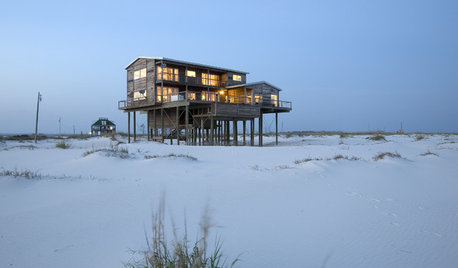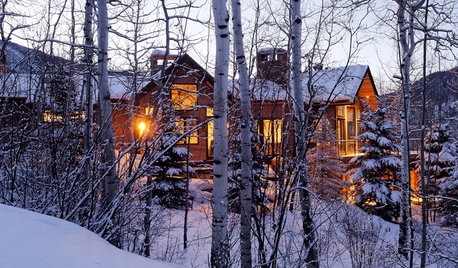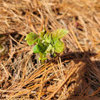Garden Failure 2013, still hopeful
Lauren328
10 years ago
Related Stories

REMODELING GUIDES12 Predictions for Architecture in 2013
Nature showed its might, and small spaces began to seem more right over the past year. How will architecture for everyday homes respond?
Full Story
GARDENING FOR BUTTERFLIESBe a Butterfly Savior — Garden for the Monarchs
Keep hope, beauty and kindness alive in the landscape by providing a refuge for these threatened enchanters
Full Story
COLOR4 Hot Color Trends to Consider for 2013
Bring some zing to your rooms for the new year, with high-energy shades that open the eyes and awaken the spirit
Full Story
LIFEHouzz Call: Who'll Post the First Snow Photo of 2013?
If the weather's been flaky in your neck of the woods, please show us — and share how you stay warm at home
Full Story
MOST POPULARThe 25 Most Popular Photos Added to Houzz in 2013
See the newly uploaded images of kitchens, bathrooms, bedrooms and more that Houzz users really fell for this year
Full Story
FALL GARDENINGReflecting on a Gardening Year
Mistakes and successes, surprises and comforts. The garden helps us grow in new ways every year
Full Story
LANDSCAPE DESIGNGreat Design Plant: Retreat to the Shade of Hardy Catalpa
Big foliage and a towering height provide a shady respite in summer, but that's not all hardy catalpa offers dedicated gardeners
Full Story
GARDENING GUIDESHow to Install a Drip Irrigation System
Save time and water with a drip watering system in your vegetable garden — a little patience now will pay off later
Full Story
GARDENING FOR BIRDSWild Birds Transform a Woman’s Garden and Life
How Sharon Sorenson created a wildlife haven and became the Bird Lady of Southern Indiana
Full Story
LANDSCAPE DESIGNGarden Walls: Dry-Stacked Stone Walls Keep Their Place in the Garden
See an ancient building technique that’s held stone walls together without mortar for centuries
Full Story






mcddyea
theforgottenone1013 (SE MI zone 5b/6a)
Related Professionals
Simpsonville Landscape Architects & Landscape Designers · Summit Landscape Architects & Landscape Designers · Dixon Landscape Contractors · East Patchogue Landscape Contractors · Gresham Landscape Contractors · Mount Sinai Landscape Contractors · Porterville Landscape Contractors · Woodland Landscape Contractors · Reisterstown Landscape Contractors · East Norriton Landscape Contractors · Albany Driveway Installation & Maintenance · Berkeley Driveway Installation & Maintenance · Brenham Driveway Installation & Maintenance · Castro Valley Driveway Installation & Maintenance · Northbrook Driveway Installation & MaintenanceLauren328Original Author
Persimmons
ceth_k
theforgottenone1013 (SE MI zone 5b/6a)
nancyjane_gardener
elisa_z5
naturegirl_2007 5B SW Michigan
little_minnie
pnbrown
sunnibel7 Md 7
pnbrown
seysonn
pnbrown
planatus
JoppaRich
seysonn